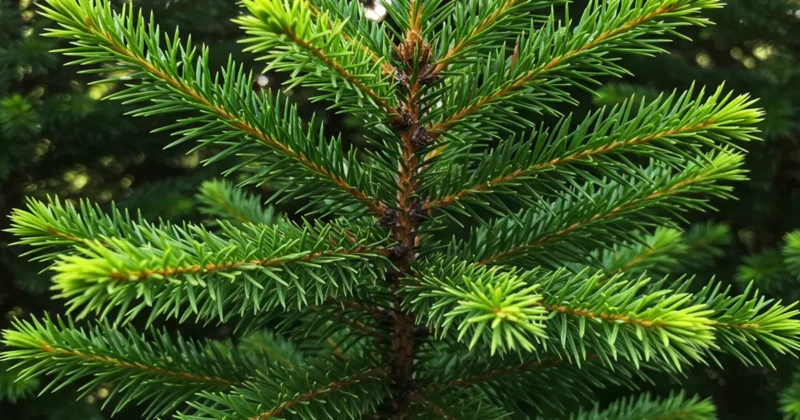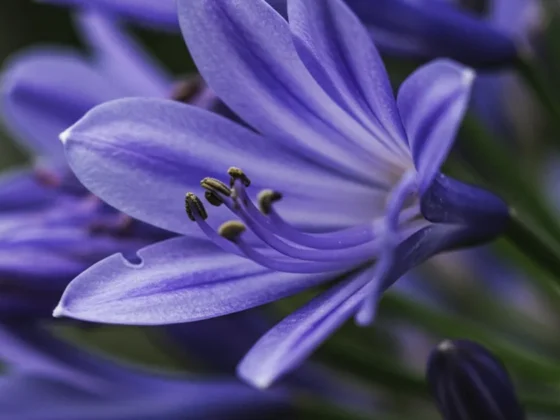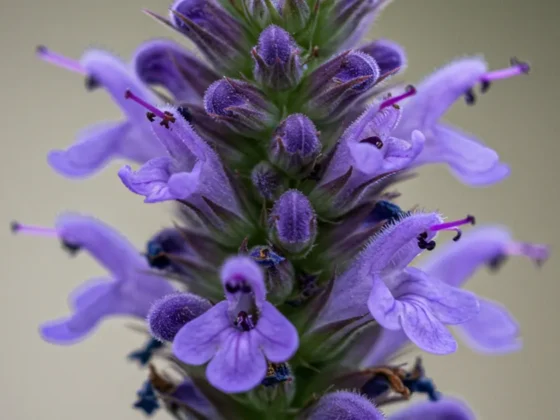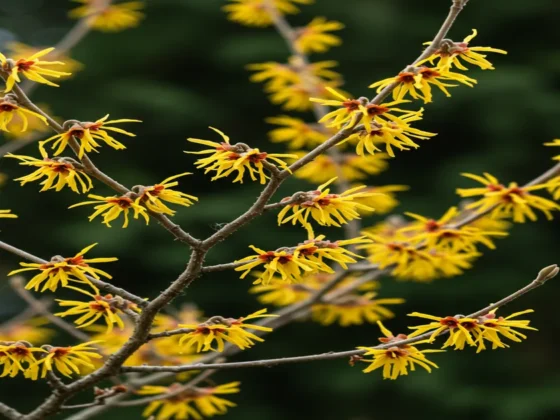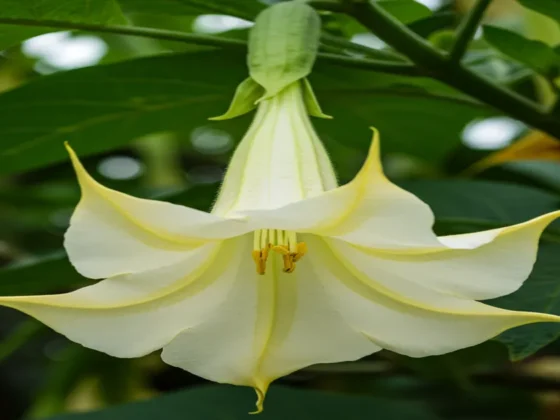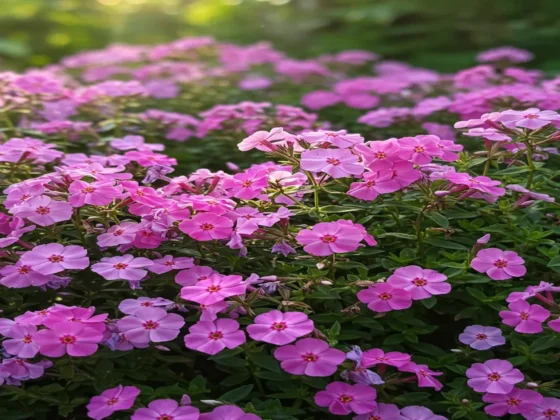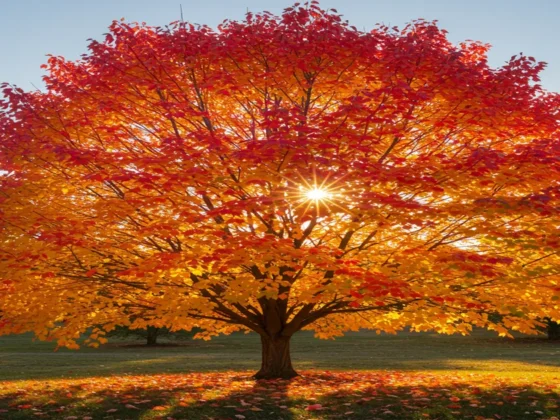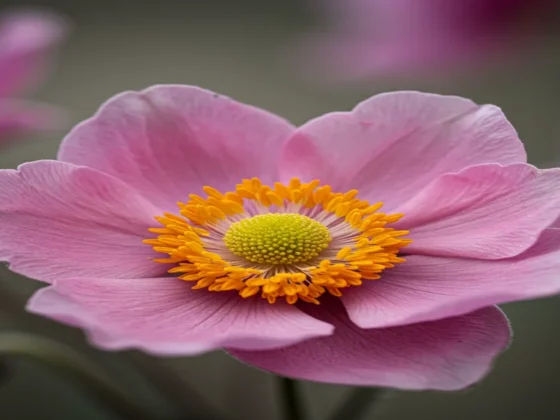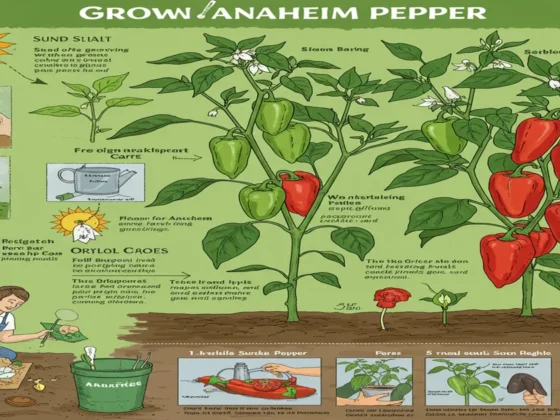Introduction:
Norfolk Island pine (Araucaria heterophylla) is not a true pine tree, despite its name. Instead, it is related to the monkey puzzle tree. Commonly used as a landscape tree in subtropical regions of North America (USDA zones 10 to 11) and as an indoor tree in other areas, Norfolk Island pines typically reach heights of three to eight feet indoors and can be trained as bonsai or miniature trees. When grown outdoors, they can tower up to 200 feet. Whether indoors or outdoors, these trees require abundant light to thrive.
| Common Name | Norfolk pine, Norfolk Island pine, Australian pine |
| Botanical Name | Araucaria heterophylla |
| Family | Araucariaceae |
| Plant Type | Tree |
| Mature Size | 3-200 ft. tall, 3-25 ft. wide |
| Sun Exposure | Full, partial |
| Soil Type | Sandy |
| Soil pH | Acidic |
| Hardiness Zones | 10-11 (USDA) |
| Native Area | Pacific, Norfolk Island |
Repotting Norfolk Island Pines: Guidelines and Timing
When should you repot a potted Norfolk Island pine? It’s recommended to do so when the roots become bound or start emerging from the drainage hole. Since young Norfolk Island pines have a slow growth rate, they typically need repotting only every few years.
Opt for the spring season to repot your Norfolk Island pine. If the plant has grown significantly, select a sturdy pot to prevent it from tipping over. Ensure that the new pot is just slightly larger than the current one and includes ample drainage holes.
Varieties of Norfolk Island Pines
There is only one type of Norfolk Island pine available: Araucaria heterophylla. This plant does not have different cultivated forms or named variations. Occasionally, a few other species from the same family may be mistakenly sold as the original plant. These may include A. columnaris, A. araucana, and A. bidwillii. While it is rare to encounter these alternatives, if you do end up with one, their care requirements are similar.
Trimming
Eliminate lower branches that have perished, a common problem with indoor plants. It is generally advised not to prune the upper part of the tree. However, if a potted tree outgrows its space, you can remove the central leader. This action will prompt the tree to develop branches from that point. Although the tree may lose its traditional evergreen appearance, such trimming usually has no negative impact on the tree’s health.
When it comes to trees grown outdoors, only remove dead and infected branches. Otherwise, there is no need for regular pruning.
Steps to Cultivate Norfolk Island Pine From Seed
The most effective way to propagate Norfolk Island pine is through seeds. To begin, place the seeds flat on a germination medium, such as a moist mixture of peat and sand, without covering them. Lightly mist or cover the seeds to promote germination. It is recommended to provide bright, indirect light for propagation indoors, or partial sun if outdoors, with only three to four hours of direct sunlight. Look for the emergence of a taproot and top growth as indications that the seed has sprouted. Ensure that the seedlings’ medium remains moderately moist, avoiding excessive wetness.
Tip
Avoid trying to propagate a Norfolk Island pine through cuttings as it is not a successful method; unlike other plants, new growth does not regenerate from the cut area. This tree is best propagated through seeds, which germinate quickly in about 10 to 15 days.
an> Norfolk pines thrive in warm weather but cannot withstand temperatures below 35 degrees Fahrenheit. Exposure to frost will cause the plant to turn yellow and eventually perish.
If your potted tree is not already indoors, bring it inside and ensure it is kept away from drafts. Place it in a room with high humidity (a challenge in a dry winter home) and provide ample bright sunlight. Only water when the top layer of soil feels dry to the touch.
Norfolk Island Pines can be affected by various pests like aphids, mealybugs, scale, mites, and whiteflies. It is advisable to detect the infestation early and use the least toxic treatment available. Overwatering can lead to fungal diseases in Norfolk pines, such as anthracnose, which can result in sections of the tree turning yellow or brown and eventually causing the plant to perish.
This laid-back tree might face a few obstacles during its life. The needles change color to signal a problem.
Norfolk Island pines are sensitive to cold and extreme heat. Fluctuations in temperature can lead to brown needles. Brown needles may also indicate overwatering or underwatering.
Yellow needles may signal insufficient or excessive sunlight. Drastic temperature changes can also cause needles to turn yellow.
Needles drop due to either overwatering or insufficient light.
How to Care For a Fiddle Leaf Fig and Keep It Thriving How to Grow and Care for Weeping Fig How to Grow and Care for Yucca Plants How to Grow and Care for the Money Tree Tips for Taking Care of a Fiddle Leaf Fig to Ensure Its Health Guide to Growing and Caring for Weeping Fig Plants How to Successfully Grow and Maintain Yucca Plants Tips for Growing and Caring for the Money Tree Plant How to Cultivate and Care for Bay Laurel Plants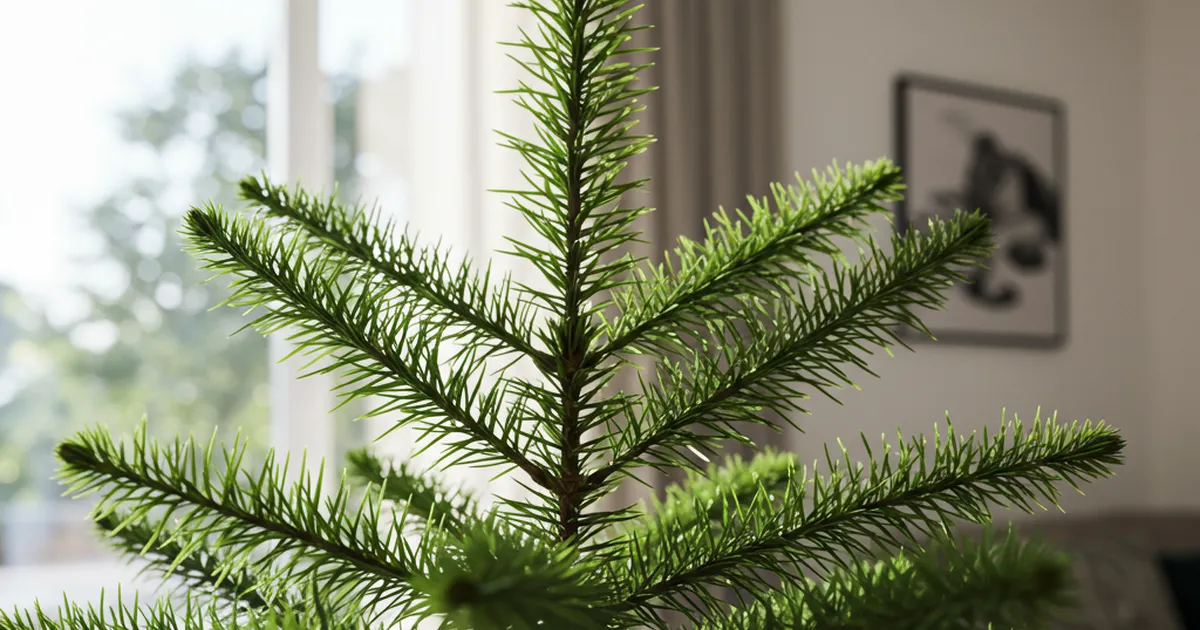
Winter Protection
Types of Common Pests and Plant Diseases
Common Issues With Norfolk Island Pines
Brown Needles
Yellow Needles
Needle Shedding
Plants You Might Also Enjoy
Other Plants You Might Like
1 of 5


